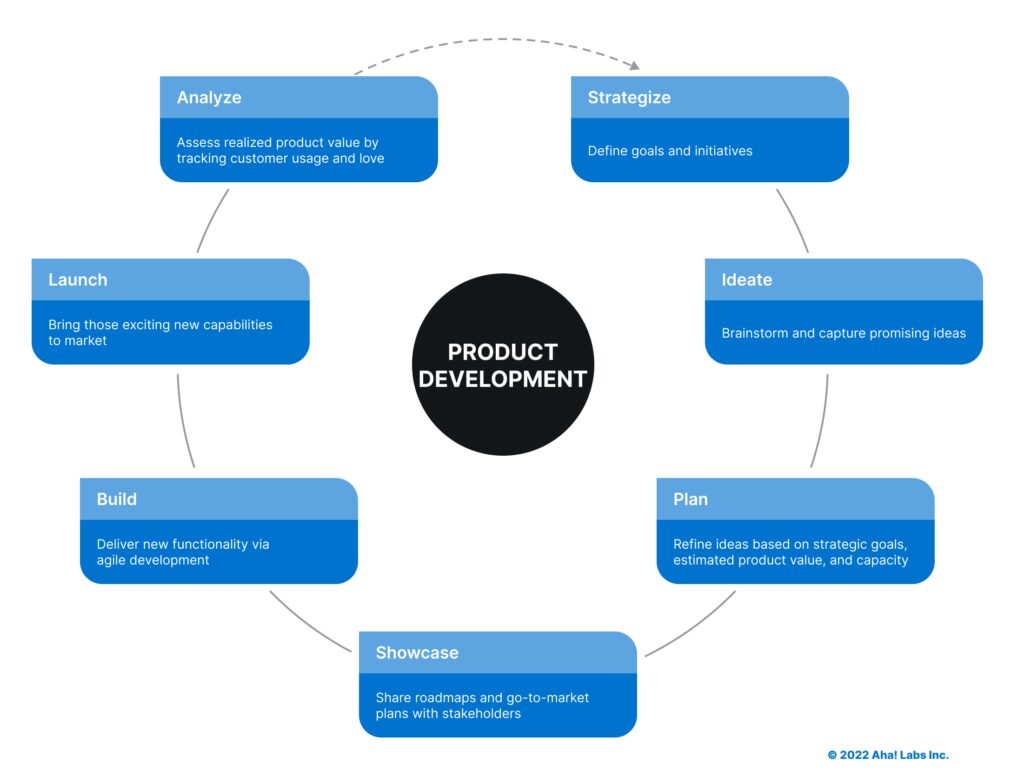Game development is a complex process that involves creative brainstorming, careful planning, teamwork, and execution to transform game ideas into reality. The development process involves several stages, including conceptualization, pre-production, development, testing, launch, and post-launch. The conceptualization stage involves brainstorming and pitching new ideas to stakeholders, and developers conduct market research. Pre-production involves defining project timelines and creating preliminary design documents, technical specifications, and prerequisites. The development stage is where the actual creation of the game begins, and testing is essential in identifying and resolving glitches or bugs. Launch involves setting up the marketing and advertising strategy to promote and create awareness about the game. Finally, post-launch involves making updates or patches in response to user feedback or issues, keeping the game fresh and up to date.
# Introduction
Game development is a complex and multi-step process that requires collaboration, creativity, and expertise. Games are created to entertain, educate, and inspire people of all ages and backgrounds. The process of game development from concept to market involves various stages, each requiring careful consideration and attention to detail. This article explores the process of game development and the steps involved in transforming ideas into reality.
# Stage 1: Conceptualization
The first stage of game development is conceptualization. This is the phase where the idea is born and takes shape. The game development team brainstorms and pitches new ideas, and the stakeholders decide which concept to pursue.
During this stage, the team outlines the game’s gameplay mechanics, storylines, character arcs, and design elements. Developers conduct market research to identify the target audience, identify potential competitors and market trends, and determine the game’s monetization strategy.
# Stage 2: Pre-Production
In the pre-production stage, the team begins to flesh out the creative concepts into a more formal project plan. This stage involves a lot of planning and organization, such as defining project timelines, milestones, and deliverables.
At this stage, the game development team creates mockups, sketches or storyboards of levels, and characters. They also prepare preliminary design documents and technical specs that describe the game’s features, mechanics, and user interface. The game’s prerequisites, including platform compatibility, target hardware, and engine, are also decided during this stage.
# Stage 3: Development
The development stage is where the actual creation of the game begins. This is the stage where the game development team takes the polished pre-production plan and turns it into a fully functional game. Development typically takes the longest period compared to other stages.
Game developers build the game’s mechanics, levels, characters, props and animate many of the objects into the game. As the game takes shape, the team fine-tunes sound FX and game music. The team tests the game repeatedly throughout the development to ensure that everything is running as smoothly as possible.
# Stage 4: Testing
The testing stage is essential in identifying and resolving glitches or bugs. This stage is where the game development team performs thorough system and debugging tests to ensure that users will have a seamless experience.
This phase of testing spans from bug resolution testing, user experience, User Acceptance Testing to compatibility testing on various devices or OS. Game developers get feedback from testers and make the necessary changes to the game.
# Stage 5: Launch
After months or years of development, the game is ready for the market launch. During the launch stage, the game developer releases the game in a specific set of devices, app stores or markets. The team sets up the marketing and advertising strategy to promote and create awareness about the game.
Launch also involves monitoring the game’s performance, metrics related to engagement, revenue, and daily active users. The recommendations made by the developers on any updates based on the initial performance of the game.
# Stage 6: Post-Launch
The post-launch phase is an ongoing stage that involves making updates or patches to the game in response to user feedback or issues. The focus on this phase lies on continual improvement and enhancement of the game.
Game developers provide regular content updates, including new levels or challenges, upgrades, bug fixes, and new characters or items. This helps to keep the game fresh and up to date, ensuring repeat plays that increase player loyalty.
# Conclusion
Transforming ideas into a reality through game development is a complex and arduous process. It involves creative brainstorming, careful planning and foresight, teamwork, and of course, careful execution.
The various stages of game development from concept to market need to be followed to produce a successful game that captures the attention of users. Through proper planning, development, testing, and ongoing improvement, game developers can create games that provide memorable experiences for users.
